1. Gear Precision Grade in the Gearbox
During the design of a gearbox, the gear precision grade is often determined based on economic considerations, neglecting the fact that gear noise and backlash are indicators of precision grade. Extensive research by the American Gear Manufacturers Association has shown that gears with higher precision grades produce significantly less noise than those with lower precision grades. Therefore, whenever possible, the gear precision grade should be increased to minimize transmission errors and reduce noise.
2. Gear Width in the Gearbox
When space permits in the gearbox, increasing the gear width can reduce the unit load under constant torque. This decreases gear deflection and minimizes noise excitation, thereby reducing transmission noise. Research conducted by German company H. Opitz indicates that, when torque is constant, the noise curve has a steeper gradient for gears with smaller widths compared to those with larger widths. Additionally, increasing the gear width can enhance the gear's load-carrying capacity and improve the gearbox's torque capacity.
3. Gear Pitch and Pressure Angle in the Gearbox
A smaller gear pitch ensures that more teeth are in contact simultaneously, increasing gear overlap and reducing individual gear deflection. This leads to lower transmission noise and improved accuracy. A smaller pressure angle results in larger gear contact angles and transverse overlap, resulting in lower operating noise and higher precision.
4. Selection of the Gear Profile Modification Coefficient in the Gearbox
Choosing the gear profile modification coefficient correctly and reasonably not only ensures proper center distance to avoid gear undercutting and maintain concentricity but also improves gear transmission performance, enhances load-carrying capacity, extends gear service life, and effectively controls backlash, temperature rise, and noise. In enclosed gear transmissions, for gears with hard tooth surfaces (hardness > 350HBS), the main failure mode is tooth root fatigue fracture. The design of such gear transmissions is generally based on bending fatigue strength. When selecting the gear profile modification coefficient, it should be chosen to ensure equal bending strength for the meshing gears. For gears with soft tooth surfaces (hardness < 350HBS), the main failure mode is pitting fatigue. The design of such gear transmissions is typically based on contact fatigue strength.
The limitations for the rational selection of the gear profile modification coefficient are as follows:
① Ensure that the gear being cut does not undergo root cutting;
② Ensure the smoothness of gear transmission, the overlap ratio must be greater than 1, generally requiring greater than 1.2;
③ Ensure that the gear tooth has a certain thickness;
④ When a pair of gears mesh, if the involute of one gear's tooth top contacts the transition curve of the other gear's tooth root, the non-involute transition curve will cause the contact line of the two teeth to not pass through a fixed point, resulting in a change in the gear ratio and the possibility of the gears getting stuck. This "transition curve interference" must be avoided when selecting the gear profile modification coefficient.
5. Gear Tooth Profile Modification (Tip and Root Relief) and Chamfering
The tooth shape of the tooth top is cut to a slightly convex shape in proportion to the correct involute curve. When the tooth surface of the gear is deformed by external force, the interference to the meshing gear can be avoided, and the noise can be reduced, and the service life of the gear can be prolonged. Attention should be paid not to over-dressing, over-dressing is equal to increase the tooth profile error, will have a bad impact on the meshing.

 English
English Deutsch
Deutsch Русский
Русский Español
Español
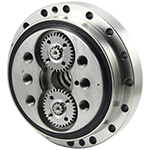
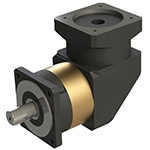
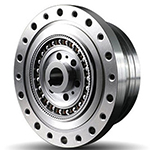
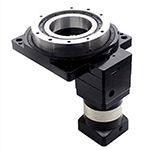
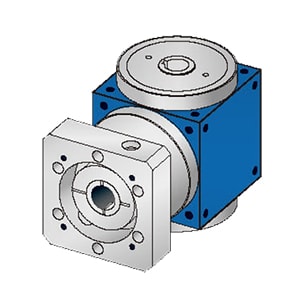
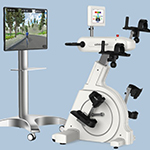
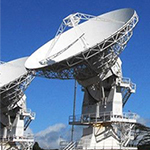
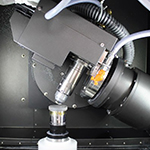
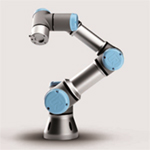
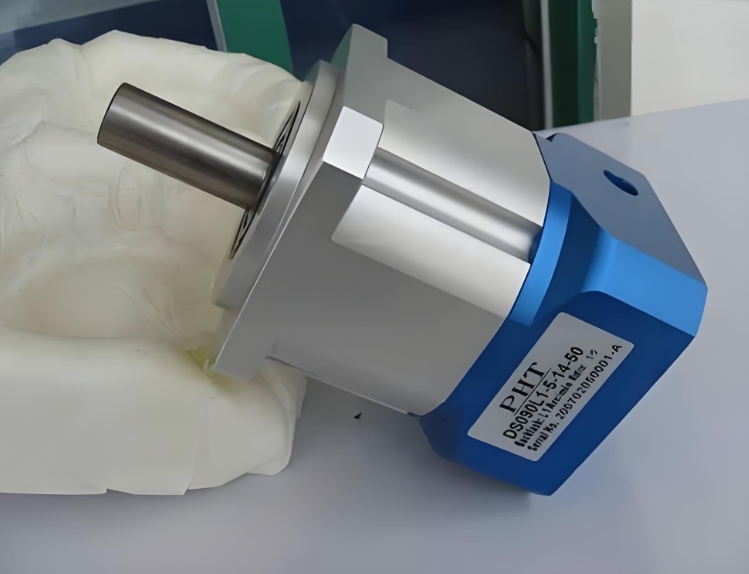
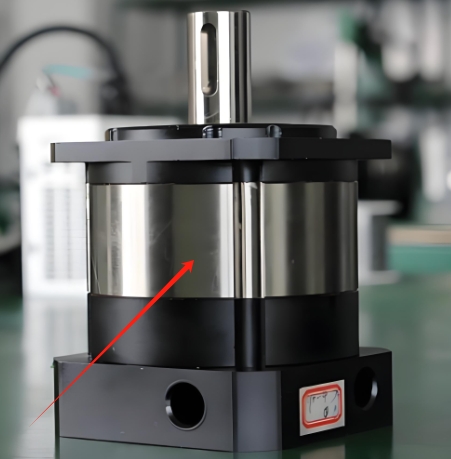
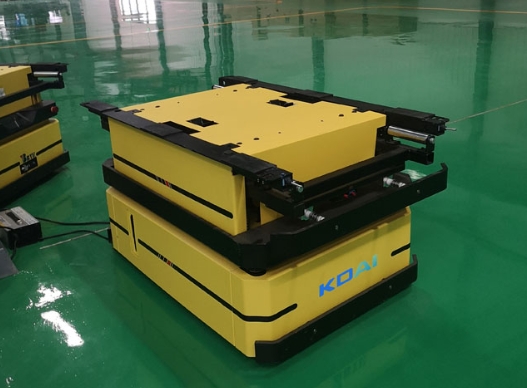
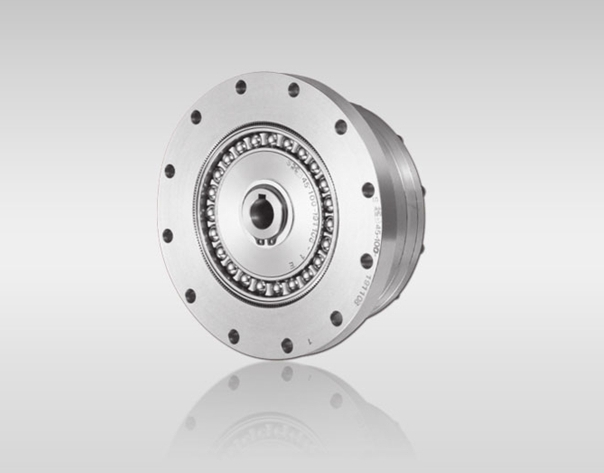
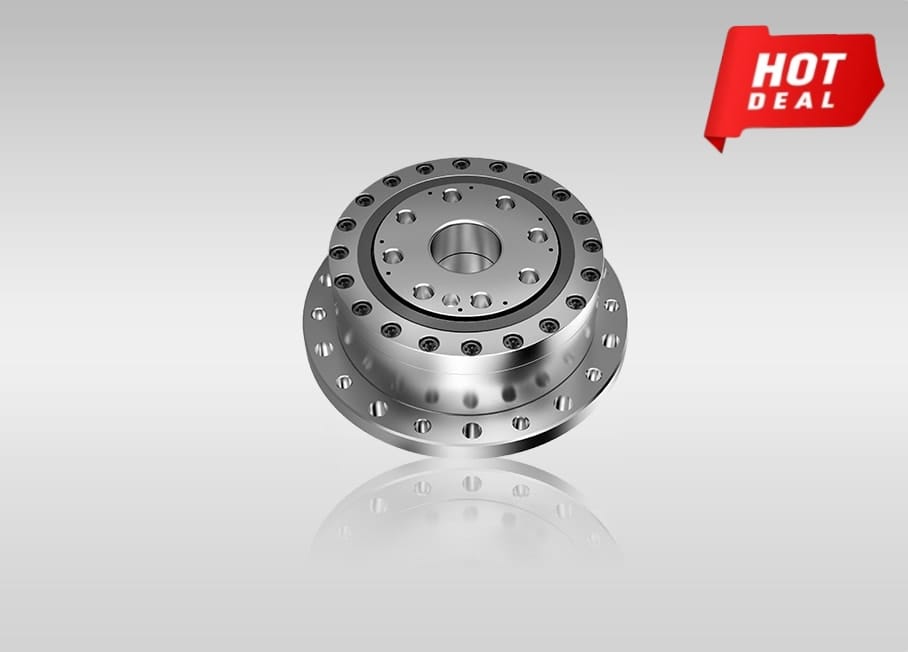
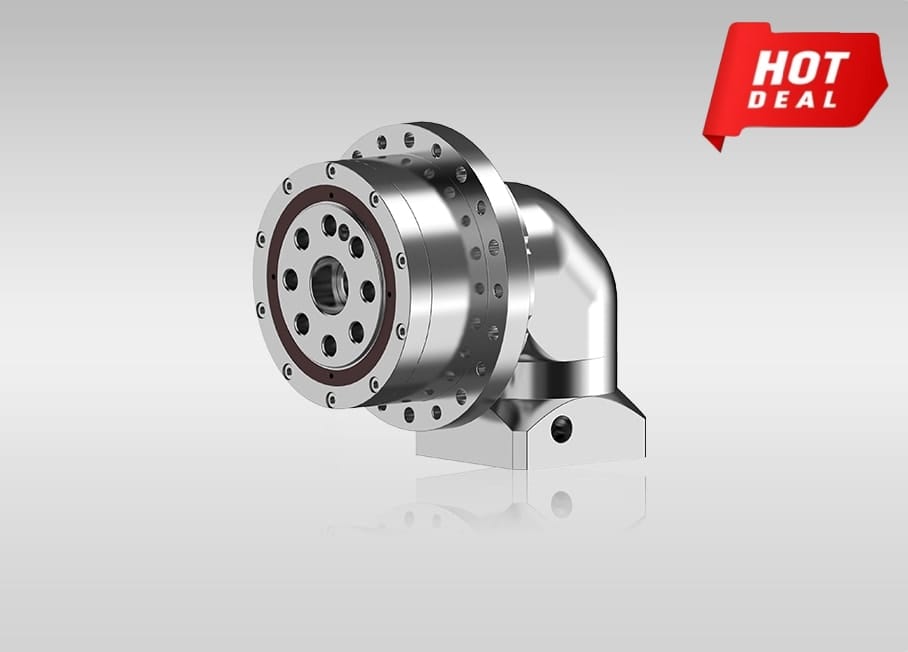
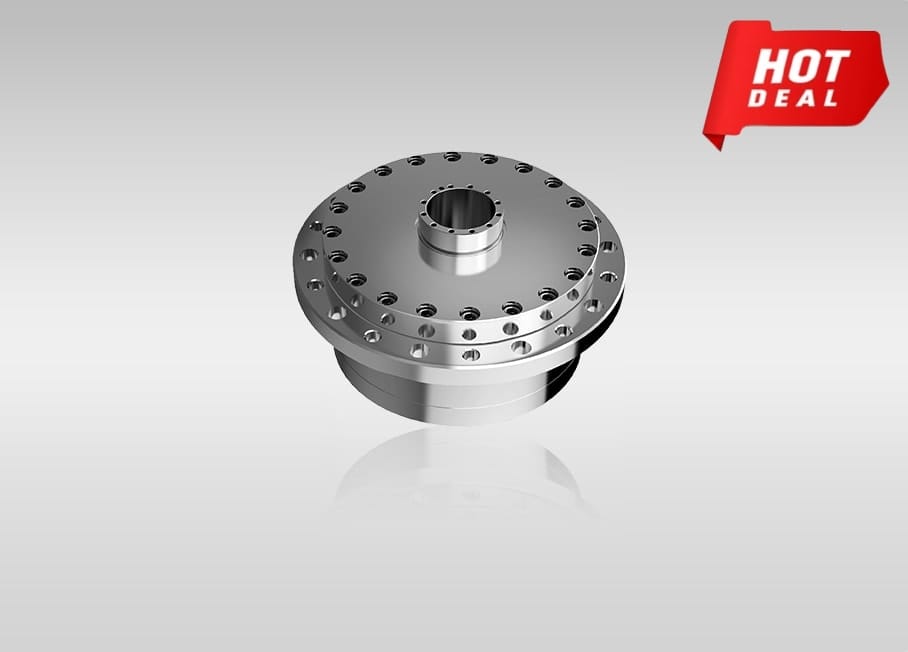
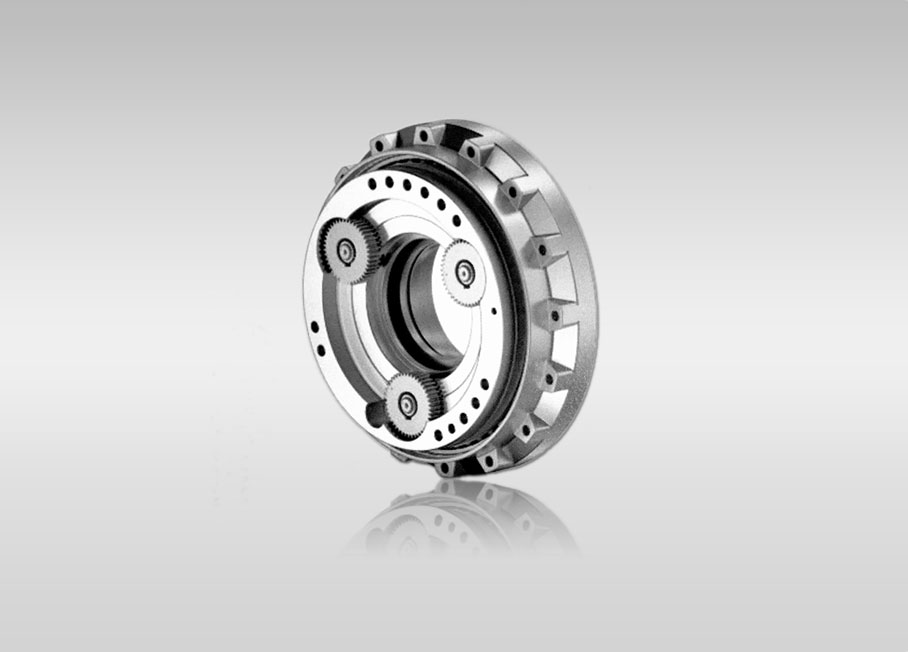
Quote Now